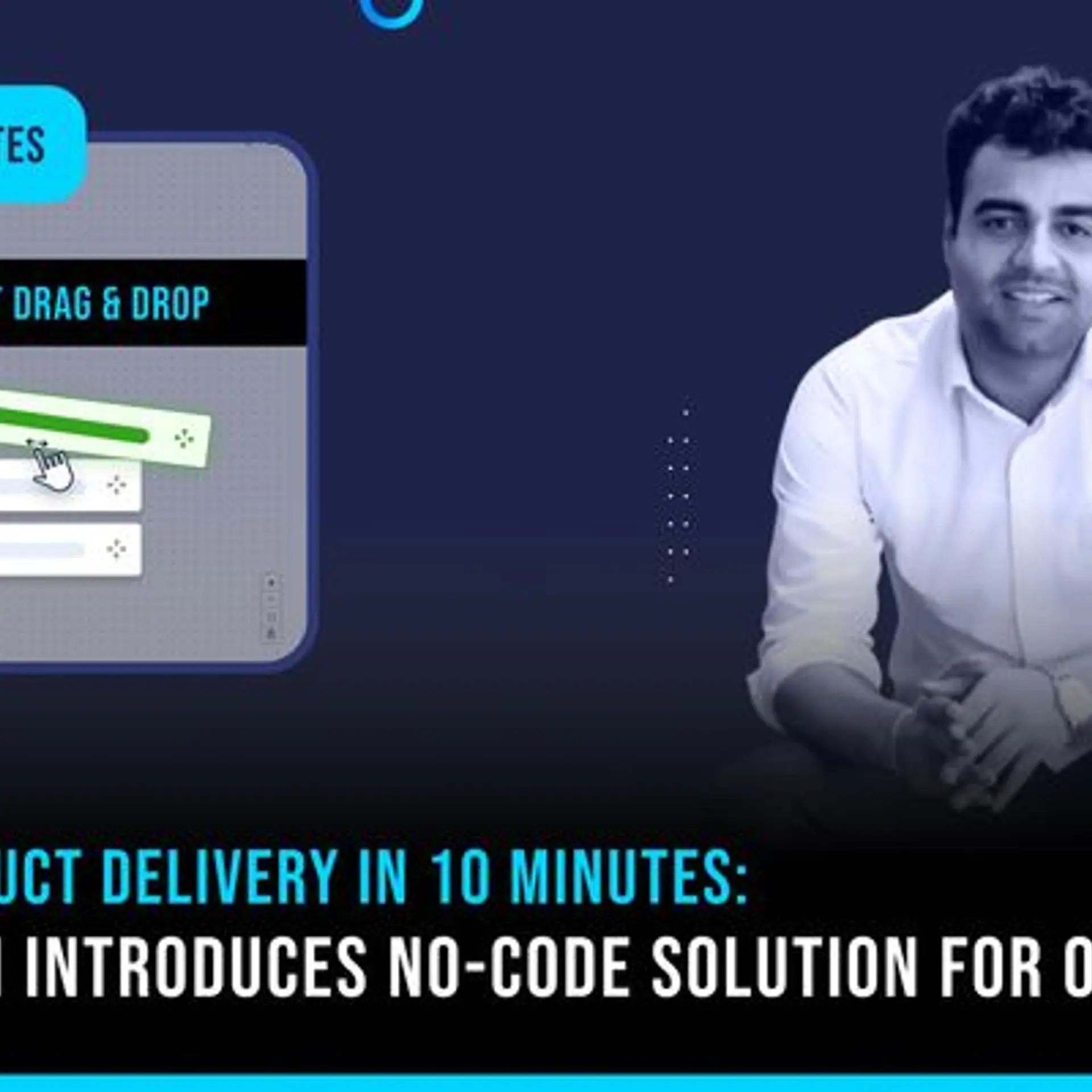How can technology accelerate rehabilitation and recovery for patients
The World Health Organization (WHO) data shows around 2.4 billion people globally suffer from health conditions that can be improvised through rehabilitation.
Rehabilitation is a specialized branch of healthcare that assists individuals recovering from physical or mental conditions, often due to a major health setback. It encompasses a comprehensive approach, including physiotherapy, speech therapy, occupational therapy, nutrition, psychological therapy, medical intervention, etc., which helps patients regain their mobility, strength, and independence.
Rehabilitation is a demanding journey. It requires resolve, courage, and optimism, making it a particularly challenging yet singularly rewarding experience with every outcome achieved.
Data from the World Health Organization (WHO) shows around 2.4 billion people globally suffer from health conditions that can be improvised through rehabilitation.
The sphere of rehabilitation is revolutionized by technology, offering novel and innovative solutions changing how recovery is approached. Tech-enabled acceleration in rehabilitation solutions underscores its pivotal role in facilitating faster recovery for individuals, allowing them to regain their independence quickly and improving their overall quality of life.
Role of tech in rehabilitation
In recent years, technology has been effectively applied in rehabilitation, providing customized, efficient, and effective solutions for patients. Virtual reality, for instance, can simulate real-life situations, allowing patients to refine skills in safe and controlled environments. Stroke and traumatic brain injury patients have successfully used VR to relearn movement and coordination, improving balance, spatial awareness, and confidence.
Similarly, robotics-powered exoskeletons or prosthetics have proven invaluable in helping patients recover from spinal cord injuries or paralysis. What's more? These devices can be customized for real-time feedback, allowing therapists to adjust the treatment plan.
Wearable devices like sensors and trackers provide real-time feedback, which monitors progress by recording data 24X7 for personalized treatment plans.
Further, AI (Artificial Intelligence) is revolutionizing the rehabilitation industry by leveraging patient data to identify patterns and trends, which helps clinicians make informed decisions about the most appropriate treatments and interventions for patients.
Sensors, virtual reality, and other technology applications can provide immediate and precise feedback on a patient's movements and progress, helping practitioners enhance the efficacy of their rehabilitation regimen.
Accurate feedback allows patients to adjust their movements and exercises in real-time, helping them progress faster in their rehabilitation journey. Also, improving adherence and engagement are important benefits that help achieve better outcomes.
Most importantly, technology-assisted rehabilitation enables customization, facilitating tailored rehabilitation plans for individuals and rendering very high effectiveness through the systemic rehabilitation process.
Technology also facilitates remote rehabilitation sessions, making it more accessible for patients unable to attend in-person sessions due to geographic constraints, mobility impairments, or other factors.
Tech-driven rehabilitation has proven less expensive than traditional in-person rehabilitation, especially, when undertaken at scale and for those requiring long-term or ongoing therapy. It allows rehabilitation benefits to be more inclusive and encompass a wider ambit of hitherto marginalized patients.
Besides physical rehabilitation, the benefits of virtual reality and wearable devices also extend to mental health disorders. VR is effective in helping patients with phobias and anxiety disorders confront their fears in a safe environment while wearable sensors can monitor movements to tailor programmes for conditions like Parkinson's, multiple sclerosis, or cerebral palsy.
As with anything new, integrating technology into rehabilitation solutions has its challenges, including access to technology, the high cost of the tech, privacy concerns, and the need for specialized training.
These challenges can limit its implementation and require higher investments in technology and training of healthcare providers. None of these is insurmountable, even more so when implemented at scale.
With continued advancements in AI and machine learning, the future of tech-induced rehabilitation solutions looks promising. Emerging technologies—brain-computer interfaces that allow patients to control robotic devices with their thoughts and gene therapy—could potentially be used to improve muscle function or enhance neural connections, significantly improving outcomes for patients with neurological or musculoskeletal conditions.
Advances in technology are leading to more effective and accessible rehabilitation processes. The rising demand for non-invasive and cost-effective solutions has fueled the growth of the rehabilitation tech market, projected to reach $35 billion by FY28.
The convergence of cutting-edge technology and rehabilitation represents a paradigm shift in treatment methodologies that can revolutionize patient outcomes, transforming how we approach rehabilitation and recovery.
Edited by Suman Singh
(Disclaimer: The views and opinions expressed in this article are those of the author and do not necessarily reflect the views of YourStory.)







